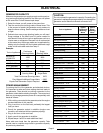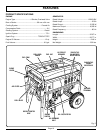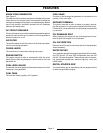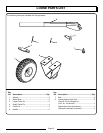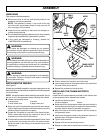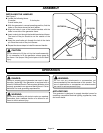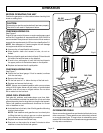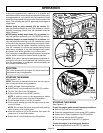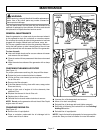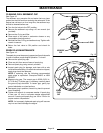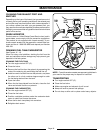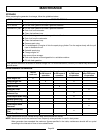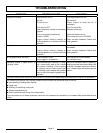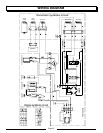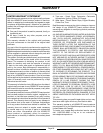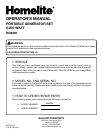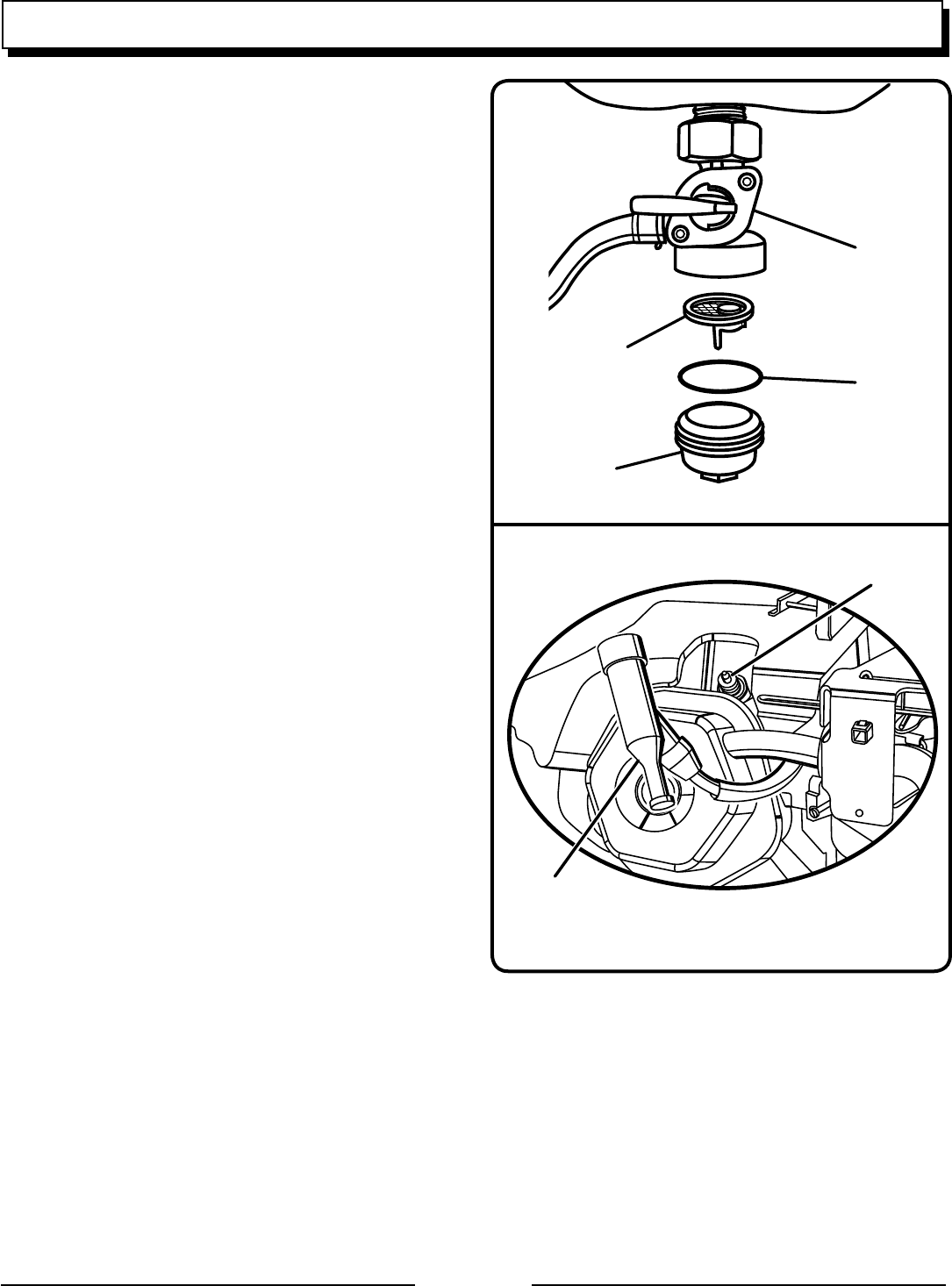
Page 18
CLEANING FUEL SEDIMENT CUP
See Figure 13.
The sediment cup prevents dirt and water that may have
gotten into the fuel tank from entering the carburetor. If the
engine has not been run for a long time, the sediment cup
should be cleaned before use.
Turn the fuel valve to the OFF position.
Remove the sediment cup using a 10 mm wrench (not
provided).
Remove the O-ring and filter.
Clean each of the parts in carburetor cleaner or any
comparable cleaning product.
Reinstall the filter, O-ring, and sediment cup. Tighten with
wrench to secure.
Return the fuel valve to ON position and check for
leaks.
SPARK PLUG MAINTENANCE
See Figure 14.
The spark plug must be properly gapped and free of deposits
in order to ensure proper engine operation. To check:
Remove the spark plug cap.
Clean any dirt from around base of spark plug.
Remove spark plug using wrench provided.
Inspect spark plug for damage, and clean with a wire
brush before reinstalling. If insulator is cracked or chipped,
spark plug should be replaced.
NOTE: If replacing, use the following recommended
spark plugs or equivalent: Champion RN9YC or NGK
BPR5ES.
Measure plug gap. The correct gap is 0.028−0.031 in.
(0.7-0.8 mm). To widen gap, if necessary, carefully bend
the ground (top) electrode. To lessen gap, gently tap
ground electrode on a hard surface.
Seat spark plug in position; thread in by hand to prevent
cross-threading.
Tighten with wrench to compress washer. If spark plug
is new, use 1/2 turn to compress washer appropriate
amount. If reusing old spark plug, use 1/8 to 1/4 turn for
proper washer compression.
NOTE: An improperly tightened spark plug will become
very hot and could damage the engine.
MAINTENANCE
Fig. 14
Fig. 13
SPARK
PLUG
SPARK
PLUG
CAP
SEDIMENT
CUP
FUEL
VALVE
O-RING
FILTER



